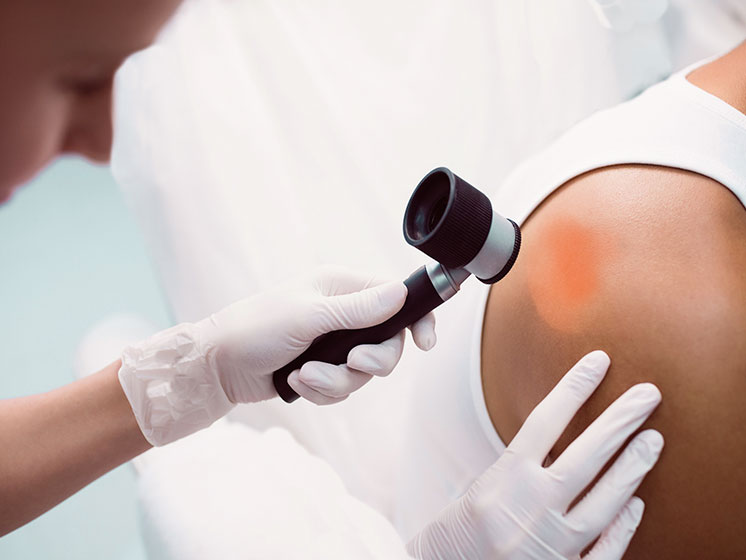Address your hair loss issues with guidance from an experienced hair care specialist.
Address your hair loss issues with guidance from an experienced hair care specialist.
Blog Article
Navigating Skin Cancer Cells Therapy: The Important Role of Mohs in Modern Dermatology Practices
Skin cancer cells, an overwhelming diagnosis, usually leaves patients grappling with various treatment choices. As we check out the ins and outs of this procedure, one will appreciate its essential duty in skin cancer cells therapy.
Understanding Skin Cancer: Kinds and Threats
There are 3 primary types of skin cancer cells: Basal cell cancer, Squamous cell carcinoma, and Melanoma. It accounts for only regarding 1% of skin cancer instances however triggers the large bulk of skin cancer deaths. Risk factors include fair skin, history of sunburn, extreme sun direct exposure, living at high altitudes or shut to the equator, having lots of moles, a family background of skin cancer cells, and compromised immune system.
What Is Mohs Surgery and Just How It's Reinventing Skin Cancer Therapy
Despite the countless therapies presently readily available for skin cancer, Mohs surgical treatment attracts attention as a groundbreaking and extremely effective remedy. Called after Frederic E. Mohs, the doctor that established the procedure, Mohs surgery is an accurate medical strategy utilized to treat skin cancer. Throughout the treatment, thin layers of cancer-containing skin are considerably eliminated and examined up until just cancer-free tissue continues to be. This strategy enables the doctor to verify that all cancer cells have actually been eliminated at the time of surgical treatment. This degree of precision, combined with the ability to spare as much healthy tissue as feasible, is changing skin cancer cells treatment. Consequently, Mohs surgery has become a keystone of modern-day dermatology methods.
The Advantages of Mohs Surgery Over Standard Skin Cancer Cells Treatments
Building on the innovative nature of Mohs surgical treatment, it's essential to consider its many advantages over traditional skin cancer cells therapies. Unlike typical treatments, Mohs provides a greater treatment rate, frequently reaching 99% for novice therapies and 94% for persistent cancers cells. This accuracy results from its unique technique of considerably eliminating and analyzing cells layers until just cancer-free cells continue to be (skin cancer). Additionally, it decreases damages to healthy and balanced skin, causing less scarring and improved aesthetic end results. Mohs likewise provides immediate outcomes, removing the anxiety-ridden wait usual with other methods. It's cost-effective, as the surgery and tiny assessment take place simultaneously, getting rid of the demand for extra research laboratory services. Hence, Mohs check my reference represents a substantial innovation in skin-related practices.
The Procedure of Mohs Surgery: What to Expect Throughout the Process

Possible Negative Effects and Post-Operative Treatment of Mohs Surgery
Undertaking Mohs surgical treatment, like any other surgery, includes possible negative effects that patients should know. Common adverse effects include discomfort, wounding, and swelling at the surgery website. These are usually short-term and manageable with over the counter discomfort medication and ice packs. In uncommon instances, patients might experience infection, blood loss, or an allergy to the anesthetic. Post-operative treatment is critical to healing and reducing side effects. This commonly entails keeping the wound clean and completely dry, taking prescribed medicines, and avoiding difficult tasks. Clients must also view participate in all follow-up visits for wound care and surveillance. In some situations, added therapies may be needed to make sure full elimination of the malignant cells. Sticking to these post-operative treatment guidelines can substantially improve recuperation and results.
Conclusion

Report this page